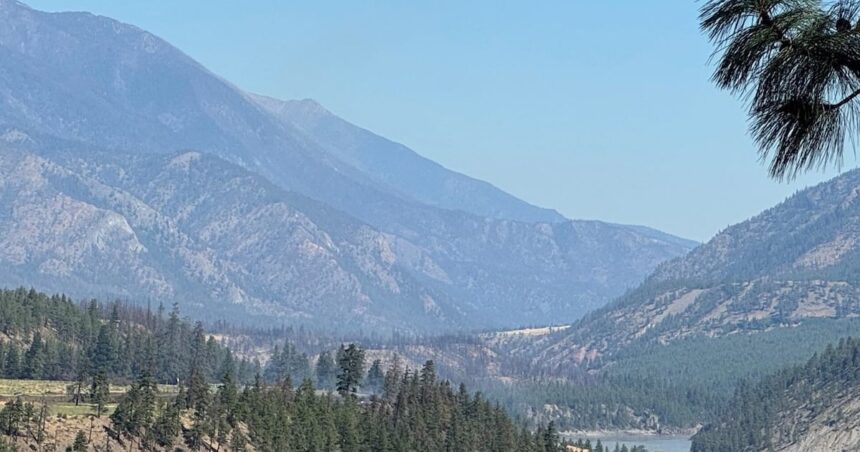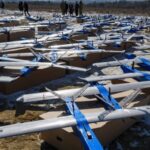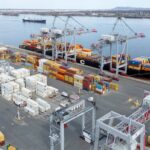The acrid smell of smoke hangs heavy across vast swathes of Canadian territory this week as hundreds of wildfires continue to rage through multiple provinces, forcing thousands of residents to evacuate their homes and prompting air quality warnings in cities hundreds of kilometers from the flames.
British Columbia remains the hardest hit province with over 230 active fires currently burning, many classified as “out of control” by provincial authorities. The situation has deteriorated rapidly over the past 72 hours as unusually high temperatures and persistent drought conditions create perfect conditions for fire spread.
“We’re witnessing fire behavior that would typically be reserved for August,” said Dr. Megan Rousseau, senior wildfire ecologist at Environment Canada. “The combination of record-breaking heat, extremely low humidity, and strong winds has created explosive growth conditions that are overwhelming our containment efforts in several regions.”
In northern Alberta, evacuation orders expanded yesterday to include seven additional communities as a cluster of fires merged into what officials are now calling the “Richardson Complex” – a massive blaze covering approximately 125,000 hectares. Nearly 4,500 residents have been displaced, with emergency shelters operating at capacity in Edmonton and surrounding municipalities.
“We had just fifteen minutes to gather essentials before the evacuation alert became an order,” said James Whiteclaw, a resident of Fort McKay who fled with his family. “The sky was orange, ash was falling like snow, and you could feel the heat of the approaching fire even from kilometers away.”
Manitoba and Saskatchewan are also battling significant blazes, with provincial resources stretched thin and mutual aid requests being fielded from neighboring jurisdictions. The Canadian Interagency Forest Fire Centre reports that national firefighting resources are operating at 85% deployment, with additional support being coordinated with American partners.
The economic impact is already substantial. Tourism operators in British Columbia report cancellations exceeding 70% for July bookings, while insurance analysts estimate early damages may surpass $900 million. Several mining operations and timber processing facilities have suspended operations indefinitely.
Air quality alerts now extend to major urban centers including Vancouver, Calgary, and Winnipeg, with health officials warning vulnerable populations to remain indoors. Particulate matter readings in several communities have reached levels considered “very unhealthy” or “hazardous” according to Environment Canada’s Air Quality Health Index.
“Even healthy individuals should minimize outdoor exertion when air quality deteriorates to these levels,” warned Dr. Amelia Chen, respiratory specialist at Toronto General Hospital. “For those with underlying conditions like asthma or COPD, this smoke can trigger serious medical emergencies.”
Climate scientists point to this ongoing crisis as further evidence of shifting weather patterns consistent with climate change projections. Historical data indicates Canada’s fire season is now starting earlier and lasting longer than in previous decades, with increased lightning activity and drier conditions creating more ignition opportunities.
Federal Emergency Preparedness Minister Jonathan Fraser announced additional funding for firefighting efforts yesterday, while promising a comprehensive review of national wildfire strategy following this season. Critics argue that more preventative measures and resources are needed rather than reactive responses.
As exhausted crews continue their round-the-clock battle against these blazes, many Canadians are left wondering: in a country increasingly defined by wildfire seasons rather than isolated events, what will it take to develop truly effective long-term strategies for living with this growing threat to our communities, ecosystems, and way of life?











